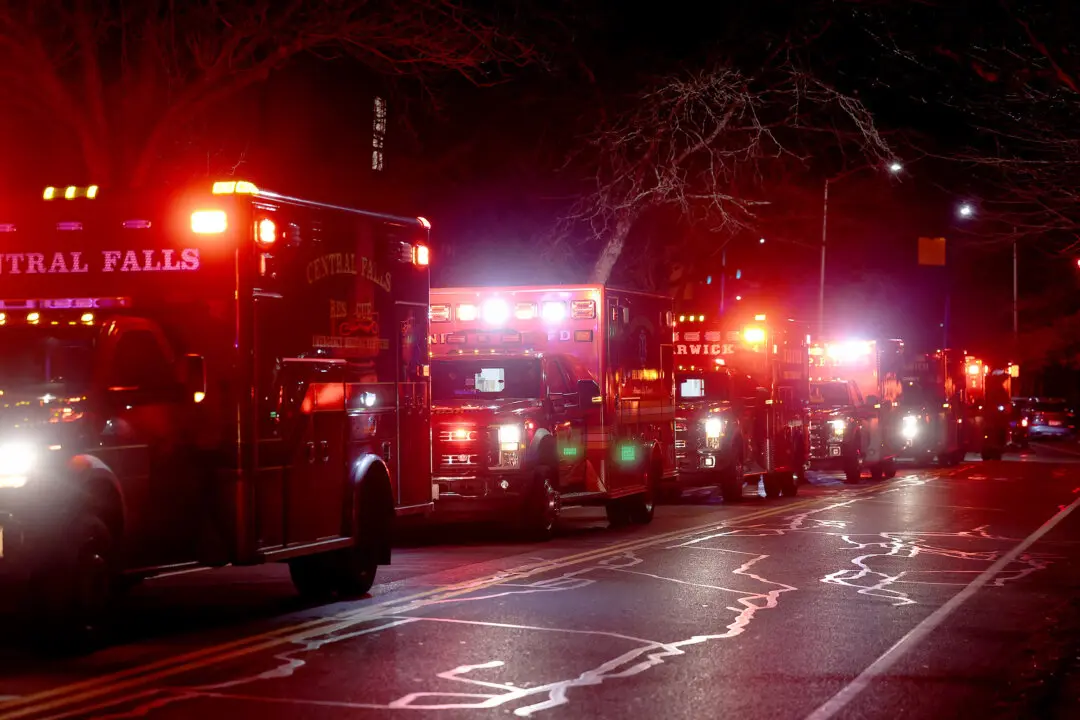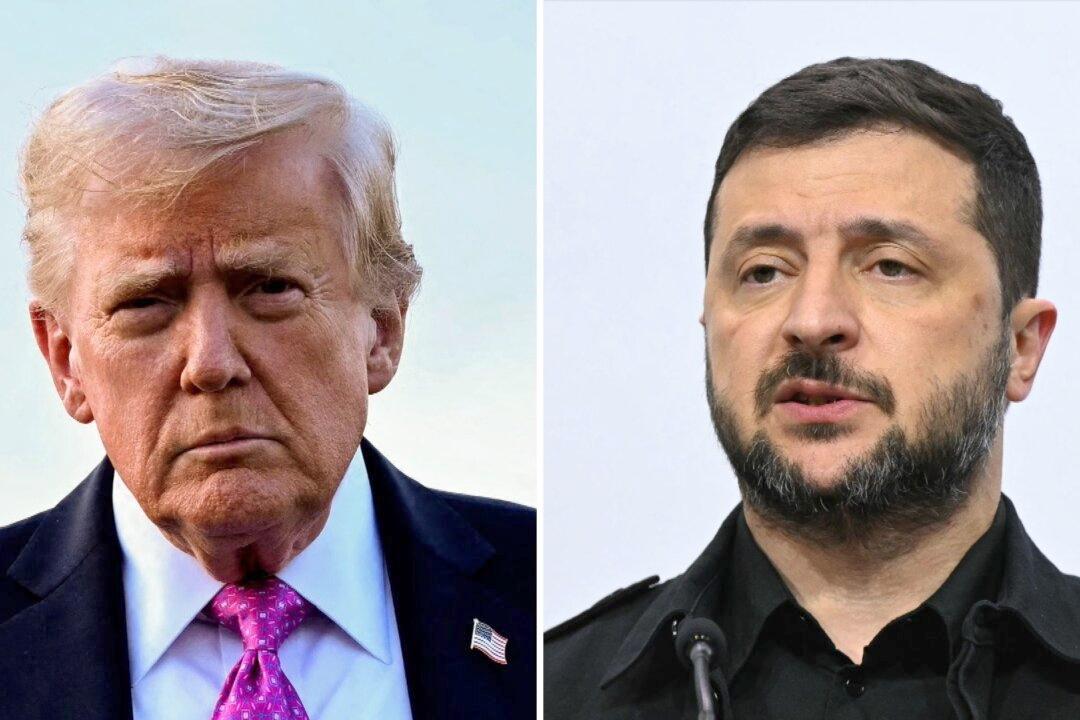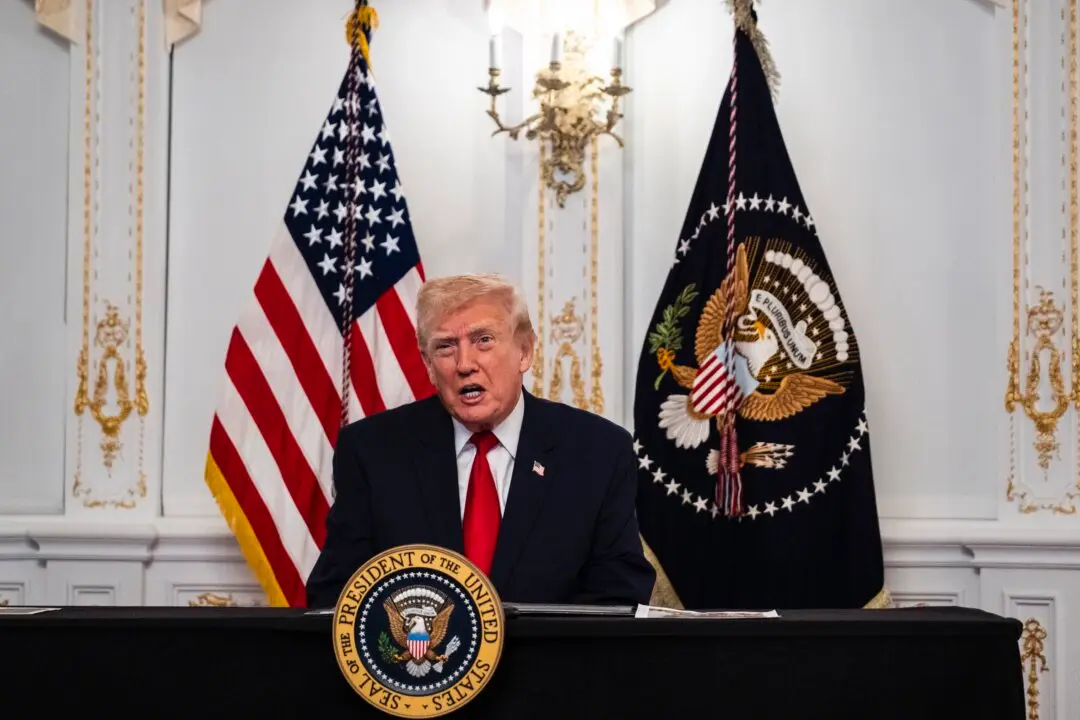NEW YORK—If you are a native New Yorker or even if you’re not, you have probably read or heard the story of how the island of Manhattan was bought by a shrewd Dutch man back in 1626 from the unassuming Lenape (original people) for a mere $24.
No one can change the course of history, and once it’s written, we tend to be kind of stuck with it. This story has stood the test of time—so much so, that the man who is credited for securing this sweet land deal, Peter Minuit, now has a plaza named after him in Battery Park, New York.
Many people believe that since that sale happened more than 400 years ago, the Lenape or “the Indians” as they were mistakenly called by European explorers, should be over it by now. After all, time heals all wounds, as the saying goes.
But, even President John F. Kennedy’s mother, Rose Kennedy, didn’t agree.
Commenting on the old adage, Rose Kennedy once said, “The wounds remain. In time, the mind, protecting its sanity, covers them with scar tissue and the pain lessens. But it is never gone.”
Descendants of the Lenape who were ultimately harmed by this purchase don’t agree that a transaction actually occurred in 1626, as there was no concept of land sale that the Lenape understood.






